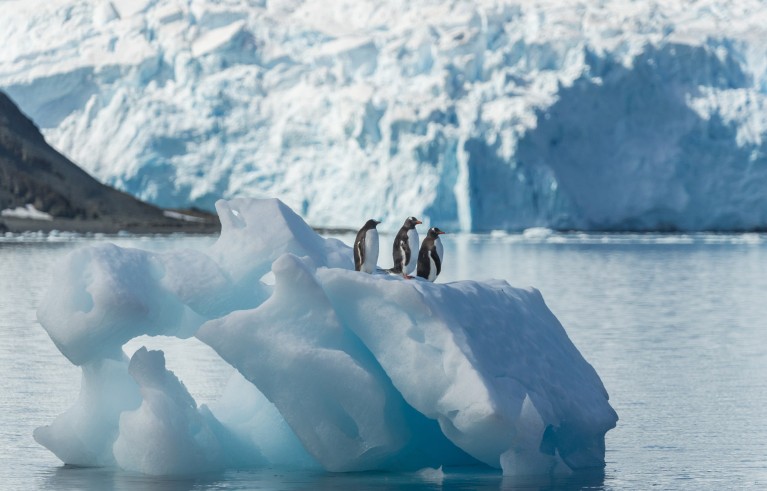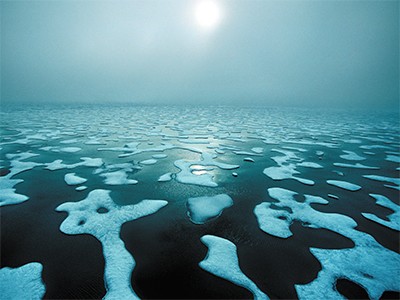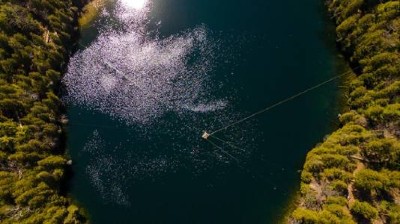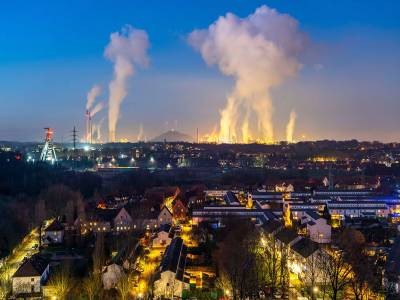[ad_1]

El multiverso no es ciencia ficción completa. Por supuesto, su existencia no está demostrada, pero tiene una base teórica en la física cuántica real. Se dice que la función de onda (la expresión matemática de un sistema cuántico, que puede proporcionar la probabilidad de dónde encontrar la partícula) “colapsa” después de realizar una medición final. La “interpretación de muchos mundos”, iniciada por el físico Hugh Everett, propone en cambio que cuando se mide un sistema cuántico, todos Posibles mediciones se desarrollan en muchos universos.
comparar El experimento mental del gato de SchrödingerElla misma deriva de la idea de cuantificación; Si pones un gato en una caja cerrada con llave, no hay forma de estar seguro de si el animal está vivo o muerto, por lo que técnicamente es ambas cosas y ninguna de las dos.
Los expertos han notado Cómo ver el mundo de esta manera crea algunas implicaciones filosóficas horribles; Como individuos y como colectivo de toda la humanidad, apreciamos nuestra singularidad. Si cada permutación de “nosotros” existiera en un plano de existencia, esta unicidad sería eliminada. Éste es el origen del nihilismo de Ullmann, aunque define la realidad como una bifurcación que depende de las elecciones de las personas, no del comportamiento de las partículas (este es el origen del nihilismo de Ullmann). Él es Novela basada en personajes).
“Cada decisión que tomamos no tiene sentido porque en algún lugar, en una Tierra paralela, ya hemos tomado la decisión contraria”, explica Ullman. “No somos nada. Menos que nada”. Su análisis no es erróneo en sí mismo. Es fríamente racional bajo cierta lente. Pero habría que ser bastante inmoral para concluir que esto hace que la vida humana “carezca de sentido” – y eso es lo que es Owlman, por lo que quiere destruir la “Tierra-Prime” original, creyendo que esto conducirá al colapso de todos los demás. realidades. “La única acción que uno puede tomar y que tiene algún propósito”, la llama, porque la destrucción de toda la realidad es la única decisión que no podría haber ocurrido de manera contraria en otro mundo.
Woods ofrece una actuación escalofriante como Owlman; Tranquilo y siniestro, lo opuesto a su papel de voz más famoso como el hablador Hades en Hércules. Por otro lado, “Crisis en dos Tierras” se habría beneficiado de elegir a Kevin Conroy como Batman nuevamente, en lugar de reemplazar a Billy Baldwin, ya que esto le habría dado un impulso adicional a la ya gran batalla de Batman y Owlman.
Puedo escuchar a Conroy decirle las líneas de Batman a Ullman con tanta claridad en mi mente, especialmente su despedida: “Hay una diferencia entre tú y yo. Ambos miramos hacia el abismo, pero cuando él nos miró… parpadeé”. Ambos hombres se enfrentaron a la desesperación, pero sólo uno sucumbió a ella.
El personaje de Ullman. Él es Batman es un villano, sí, pero es más profundo que la simple novedad de tener al Caballero Oscuro como villano; Representa un contraste con el espíritu de voluntad y determinación de Batman de que una persona puede marcar la diferencia. Owlman preferiría destruirlo todo antes que vivir con la “ilusión del libre albedrío”, mientras que Batman ve el mundo tal como es, oscuro y claro, y se esfuerza por mejorarlo creyendo que otros, incluso sus enemigos, pueden hacerlo. Él es mejor. Si hay algo que nos enseña “La Liga de la Justicia: Crisis en dos Tierras” es que todos somos la suma de nuestras distintas elecciones.
[ad_2]
Source Article Link












